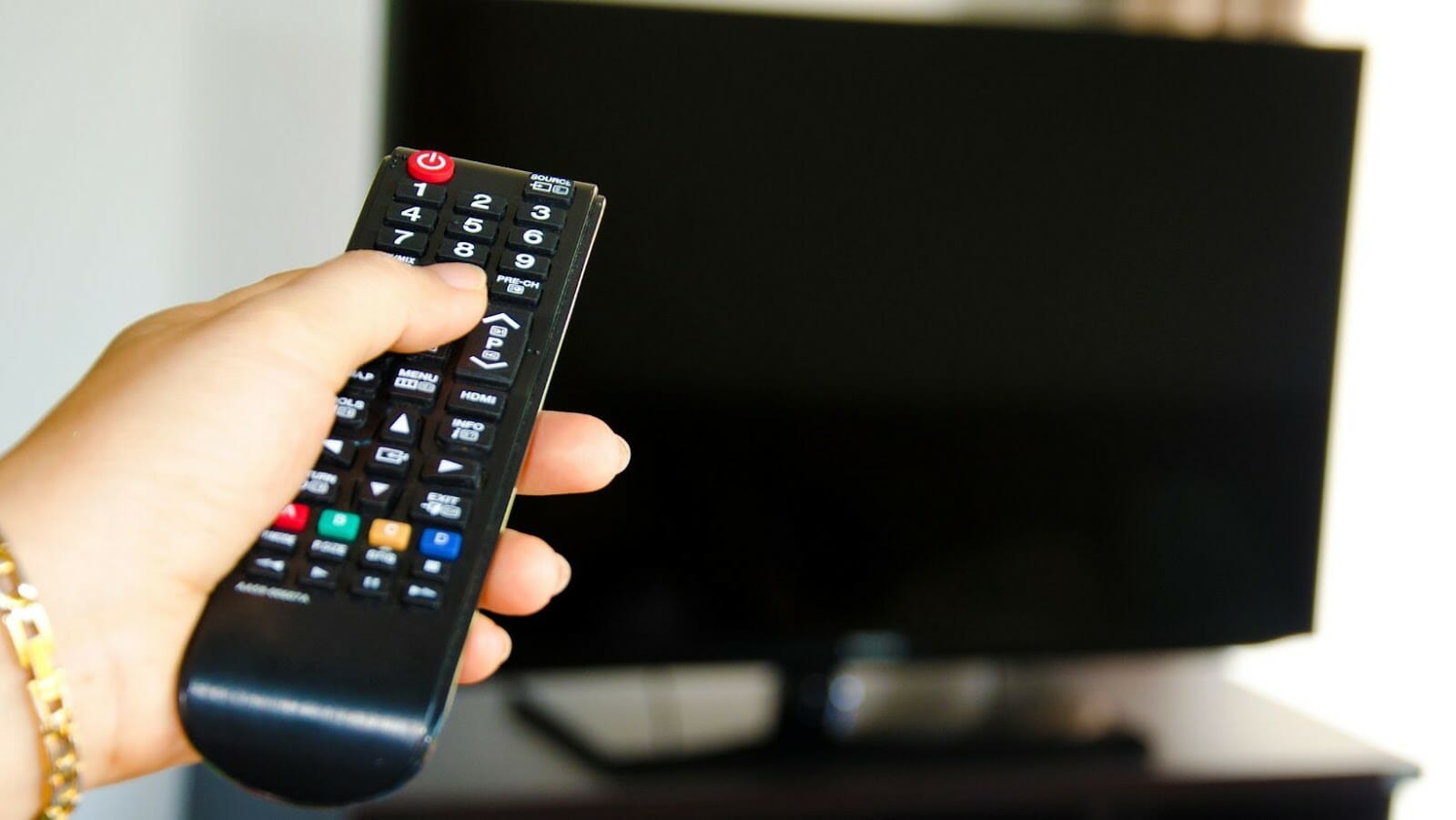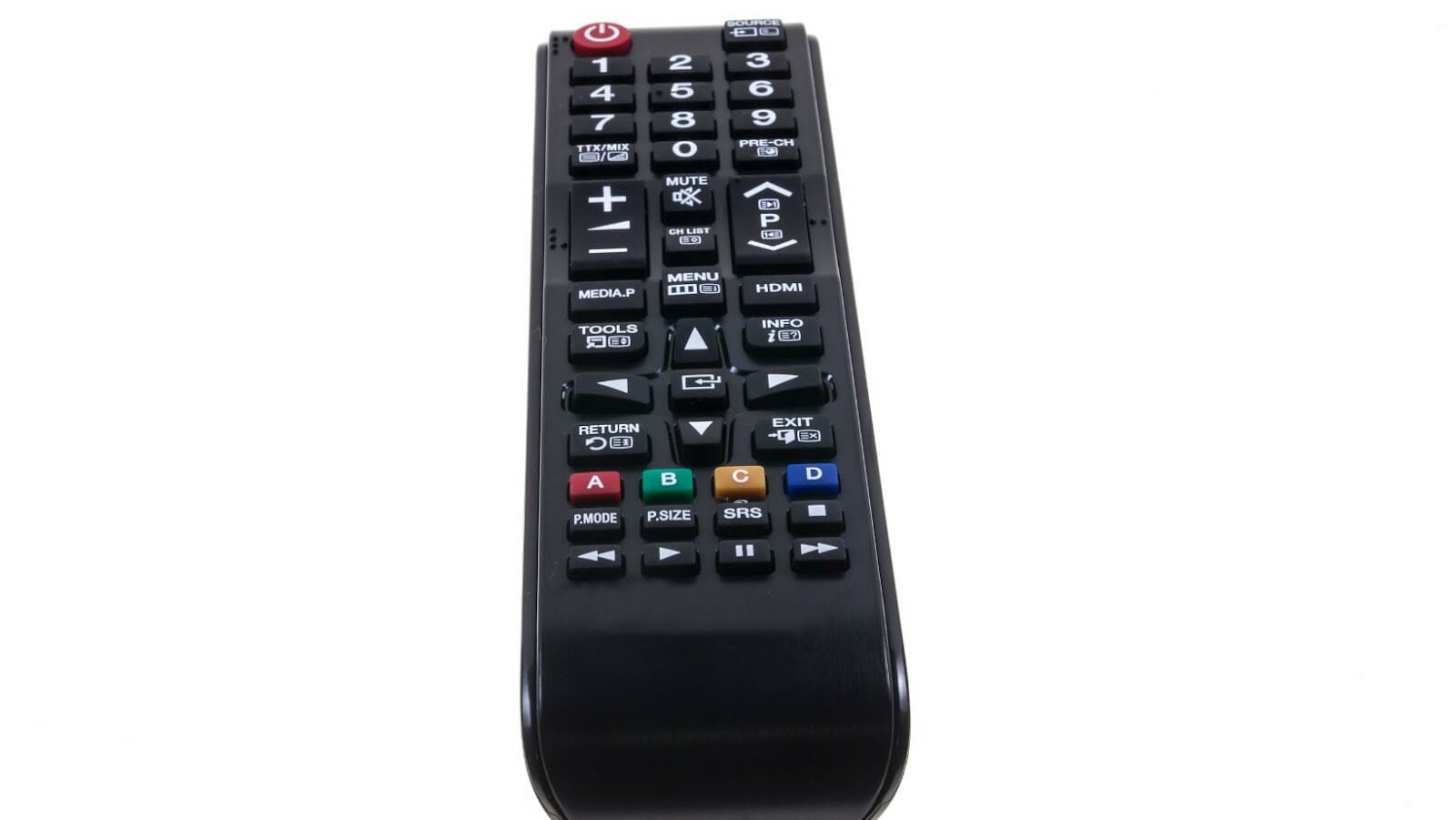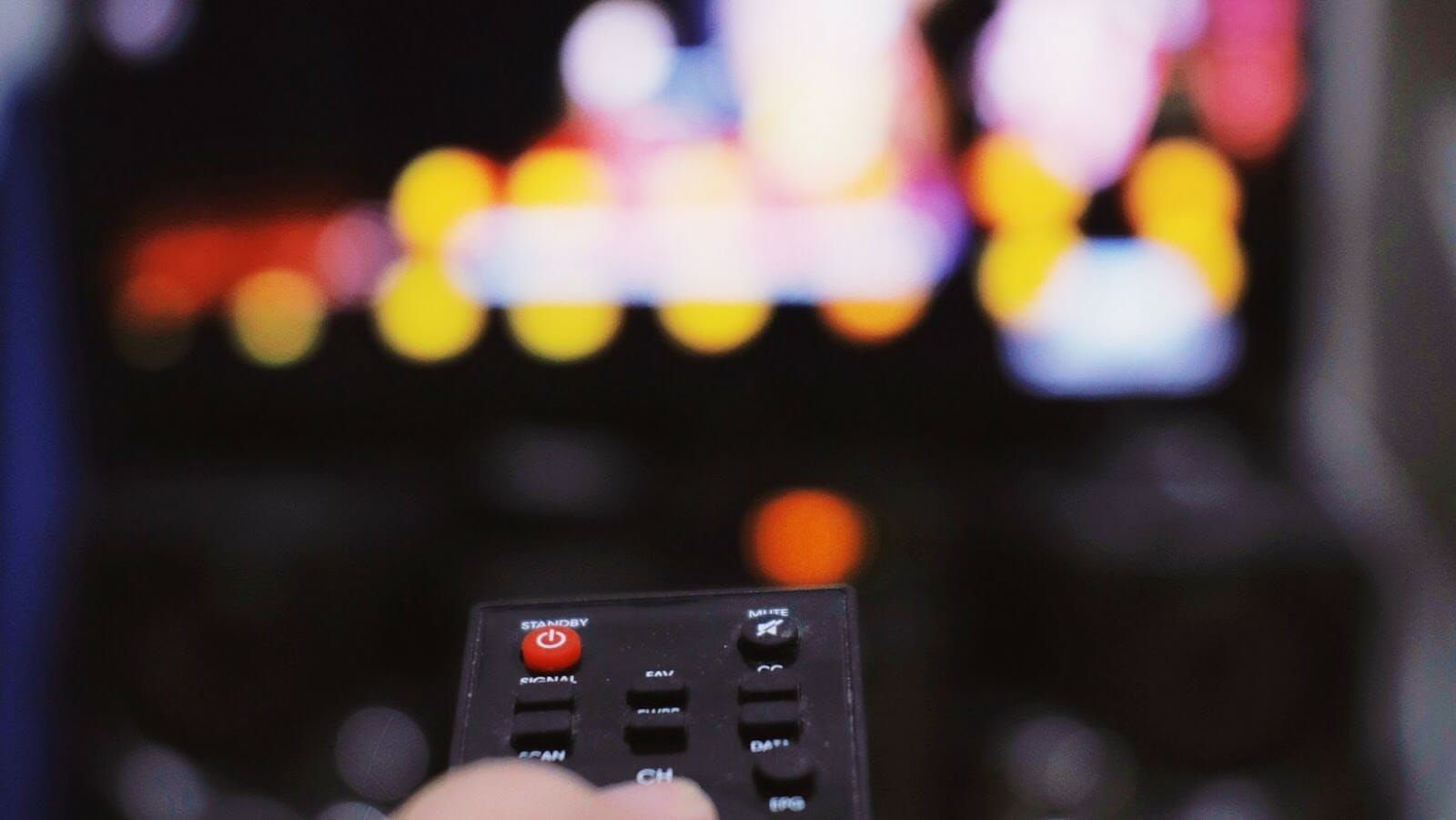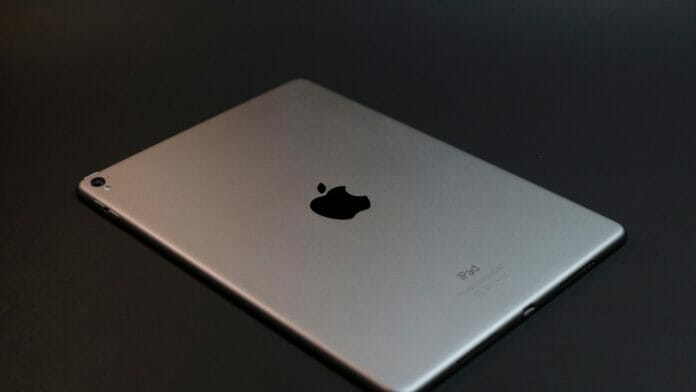The Apple TV remote is an intuitive device that is easy to set up. However, there can be some difficulties when configuring the remote on your iPhone or iPad and a few negative features. To ensure the best experience and satisfaction, it is important to understand these potential issues before setting up the remote and knowing known limitations for smooth operations. This guide will address the negatives of setting up an Apple TV Remote on your iPhone or iPad.
It is important to note that for the setup process to work properly, all devices must be functioning and nearby, as those far from each other may not sync properly. Additionally, many users will find that the “pairing” process may not work or could fail unexpectedly; this could result in certain commands performed on one device not registering on another, resulting in unsuccessful interactions with devices. Furthermore, setup may take a significant amount of time as users must wait for new updates installed through software updates; sometimes these updates can take longer than expected or even fail if internet reception isn’t strong enough.
Ultimately users should ensure they have met all requirements before attempting setup of their Apple TV Remote on an iPhone or iPad. Considering the negatives in this guide will help reduce any difficulties encountered during setup and guarantee hassle-free operations of your remote for years to come!
Set up the Apple TV Remote on your iPhone or iPad
If you’re looking to set up the Apple TV Remote on your iPhone or iPad, there are a few negative things to be aware of.
While this setup process is relatively straightforward, there are certain restrictions and limitations you’ll want to be aware of before getting started.
Read on to learn more about the potential drawbacks of setting up the Apple TV Remote on your device.
Make sure your Apple TV and iPhone/iPad are on the same Wi-Fi network
Before setting up the Apple TV Remote on your iPhone or iPad, it is important to ensure that your Apple TV and iPhone/iPad are connected to the same Wi-Fi network. If they are not connected on the same network, setup may fail or disconnections may occur during normal use. You can check which Wi-Fi network you are currently connected to in the Settings section of your iPhone/iPad or Apple TV device.

In addition, if you have set up two separate networks in your home (perhaps one for guests), please make sure you connect your iPhone/iPad and Apple TV to the same private wireless network. Public wireless networks (such as airports or coffee shops) cannot facilitate successful remote setup.
Lastly, after verifying that both devices are connected to the same Wi-Fi network please remember to disable Network Bridging Functions on each device if enabled by default (which can be found in router settings). This will help prevent any interruptions/disconnections during remote setup or operation.
Check to see if your Apple TV is up to date
Before attempting to set up your Apple TV remote, it is important to ensure the device is running the latest version of its operating system. You can check this in the Settings app on your Apple TV. Make sure that you are using at least tvOS 10 or higher, otherwise you will not be able to use your iPhone or iPad as a remote control.
You must also make sure that the iPhone or iPad being used for the remote is running iOS 11.2 or later and that both devices are connected to the same Wi-Fi network. Without these conditions, using an iPhone as a remote for an Apple TV will not be possible.
It also helps if both devices have Bluetooth enabled and are close enough for reliable wireless communication between them; this is especially true if you’re controlling a 4K Apple TV from an older device such as an iPhone 5s or earlier.
Check to see if the Apple TV Remote app is up to date
Before using the Apple TV remote app, you should check that it is up to date. To do this, open the App Store and search for the “Apple TV Remote” app. Then click on the “Update” tab next to it, if available. If there is no update available, then you can rest assured that your version of the app is up to date and proceed with setting up your Apple TV Remote.

You may also need to ensure that your iPhone or iPad and Apple TV are current. On your iPhone or iPad, go into Settings > General > Software Update to ensure your device runs the latest iOS version. On Apple TV, navigate to System > Software Updates and follow the on-screen prompts. Once these elements are updated, you can set up your Apple TV Remote.
Negative Things to Keep in Mind
Setting up the Apple TV Remote on your iPhone or iPad can seem daunting. Although the process is relatively straightforward, there are a few negative things to remember when setting up the Apple TV Remote on these devices.
This section will cover these potential pitfalls and how to avoid them.
The Apple TV Remote app may not be compatible with some older Apple TV models
The Apple TV Remote app for iOS is an excellent tool for controlling the fourth-generation Apple TV, but it’s important to remember that it won’t work with earlier models. For example, the app won’t be compatible with any Apple TV 2 or 3 models and may not be compatible with older generation 4 models. If this is the case, you can still control your Apple TV using its included physical remote.
It’s also important to consider that some app features cannot be used without an internet connection. For example, the AirPlay feature allows you to stream content from apps like YouTube and Netflix, but this can only be done when connected to a Wi-Fi network or via a personal hotspot from your device. Additionally, Siri dictation requires an internet connection and will only work on fourth-generation Apple TVs with tvOS 9 or later installed.
Finally, remember that voice recognition for the app will only recognize certain accents if used in “English (U.S.)”, so those who speak other dialects may have difficulty using voice commands for certain devices and applications supported by the app.
You may not be able to use the Apple TV Remote app with some third-party streaming devices
Unfortunately, not all streaming devices are compatible with the Apple TV Remote app. This may be due to numerous factors, such as hardware specifications or software requirements. Even though the app attempts to maximise compatibility between different types of devices, some limitations may prevent successful functionality.
Identifying which devices will support the Apple TV Remote on your iPhone or iPad is not always easy. If it is not supported, you may encounter some issues when setting up and pairing your third-party streaming device with the Apple TV Remote app. On rare occasions,factory setting restorations have also been required which can be time consuming and inconvenient.
If possible, you should consider whether it is feasible to purchase an AppleTV device before setting up and installing your third-party streaming device. This could help avoid any potential frustration should compatibility issues arise later on and ensure smooth functionality with an app specifically designed for Apple products. However, if you still decide to use a third-party streaming device, it is important to bear in mind that even after pairing;you may encounter limitations or errors in performance which cannot be rectified through any basic troubleshooting process for the application itself.
The Apple TV Remote app may not be able to control some features of your Apple TV
The Apple TV Remote app is a great tool for setting up the Apple TV remote on your iPhone or iPad. With the app you can easily control navigation, enter text, adjust volume and search for content in apps. However, there are some things to remember when using the Apple TV Remote app.

The first issue to consider is compatibility with your device. The Apple TV Remote app is available for iOS and Android devices but does not work universally. Therefore, ensuring the app is compatible with your device before downloading is important.
In addition, it’s important to be aware that there are some features that the Apple TV Remote cannot control. These include controlling output resolution settings, AirPlay-enabled devices and working with iTunes Store Extras such as overlays or text fields.
Finally, remember that not all applications will have full functionality within the Apple TV Remote app so you may need to use an additional remote or controller as necessary to ensure desired results.


